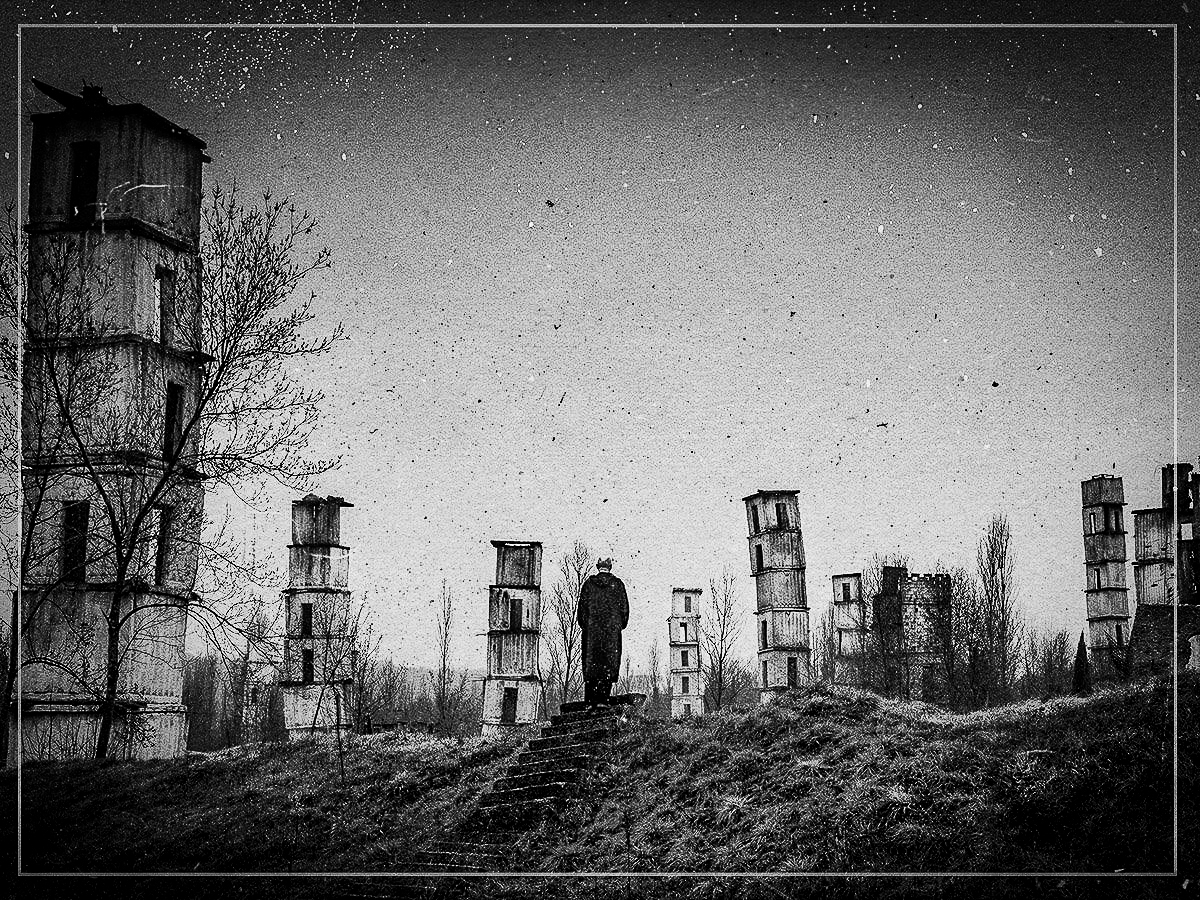'Anselm' documentary is a thrilling portrait of an artist at work'
Every now and then you come across an artist — Aretha Franklin, say, or Marlon Brando — who radiate such raw, undeniable force that they feel as immense as the Amazon. One of them is the painter and sculptor Anselm Kiefer. The first time I saw his work in person, its sheer power all but knocked me back against the far wall.
Kiefer is the subject of Anselm, a new movie by Wim Wenders, a filmmaker who's almost his exact contemporary: They were born a few months apart in the war-ravaged Germany of 1945. Because Wenders is himself a figure of considerable gifts — he's won the top prize at Cannes, Venice and Berlin — this documentary is not a traditional "great artist" doc.
Shot in an astonishingly vivid 6K 3D — which captures art with dazzling clarity — Anselm offers both a thrilling portrait of the artist at work and, with the aid of terrific archival footage, lets us see what infuses his work with such intensity.
The movie begins with a long, gorgeous sequence at La Ribaute, Kiefer's studio/art installation in the southern French town of Barjac. Wenders' camera moves through, around and above mysterious white plaster statues of what appear to be brides — the heads are made of metal or vegetation — that are set out among trees and strangely formed buildings. Just as you fear that Wenders may be indulging his sweet tooth for beautiful imagery, the film begins exploring what gives Kiefer's art its wallop.
Kiefer was born into a country buried beneath post-World War II rubble, fostering a lifelong awareness of destruction. This helps explain why his paintings so often include actual burnt vegetation, shards of metal, hunks of earth, fragments of clothing.
Focusing on the artist, not the man, the film makes us feel Kiefer's art in all its beauty, bleakness and moral weight. Wenders doesn't get into stuff like Kiefer's marriages or discuss how, thanks to the craziness of the art market, his net worth is estimated at more than $100 million dollars and he can afford to buy tracts of land to build and display his art. He does occasionally dramatize moments from Kiefer's life and these re-creations are the film's one flaw. Not a calamitous one, but hokey and unnecessary.
What has always made Kiefer's art necessary is his sure instinct for what's essential. In what he calls his "protest against forgetting" of Germany's dark history, he got in early on the themes that people continue to explore in films like the upcoming The Zone of Interest, about a family who live happily outside the barbed wire fences of Auschwitz. If you know Kiefer's work, Wenders will show you his artistry in a way you've never before seen it, and if you don't know it, Anselm will make it clear why you should.

Release date: December 8, 2023 (USA) German: Anselm – Das Rauschen der Zeit
Anselm Kiefer. German, born 1945. Works. Exhibitions. Publication. Wikipedia entry ... MoMA 11 West 53 Street, Manhattan · MoMA ...
Exploring the landscapes of the soul through cinema and photography.
Wim Wenders is a central figure of the New German Cinema. Originally studying medicine and philosophy, he found his true calling in the visual arts, first through painting and then film. His work is defined by a profound sense of place, the "road movie" genre, and themes of alienation, memory, and the search for identity. From the dusty highways of the American West in Paris, Texas to the divided skies of Berlin in Wings of Desire, Wenders captures the quiet, often melancholy moments that define the human experience





















.jpg)